#taxila
Explore tagged Tumblr posts
Text
Dark academia but it's students in ancient India studying in an International UNI (inspo eg- Nalanda, Takshashila etc.)
#desiblr#desi tumblr#desi tag#desiposting#desi side of tumblr#desi dark academia#desi academia#desi#being desi#nalanda#takshashila#taxila#ancient india#ancient culture#ancient city#ancient civilizations
23 notes
·
View notes
Text


Afghanistan: A Cultural and Political History by Thomas Barfield
#Thomas Barfield#Afghanistan#history#Kabul#peshawar#jalalabad#kushan#kapisa#taxila#Punjab#Pakistan#khyber pakhtunkhwa
9 notes
·
View notes
Text
📚 The World's First University: Takshashila's Legacy of Learning
Did You Know? 🌍 The first-ever university in the world was Takshashila (Taxila) University, located in present-day Pakistan. It was established over 2,700 years ago (around 700 BCE) and attracted students from across Asia!
🔹 Subjects Taught: Science, Mathematics, Medicine, Politics, Warfare, Astrology, and even Philosophy. 🔹 Famous Scholars: Chanakya (the great economist and political strategist) and Panini (the father of Sanskrit grammar) studied and taught here! 🔹 Admission Process: Unlike today, there were no formal degrees. Students had to master a subject under the guidance of a guru before they were considered educated.
🎓 Later, other great universities like Nalanda and Vikramshila emerged in ancient India, making it a hub of knowledge and learning centuries before modern universities existed.
🌟 The thirst for knowledge never ends! Keep learning and exploring.
#DidYouKnow#AncientEducation#History#Knowledge#Ancient times#Pakistan#University#The World 's first university#knowledge#adj thoughts#created by adj-thoughts#Nalanda#Vikramshila#Taxila#Takshashila#Philosophy#Politics#Maths#mathematics#astrology#Medicines#warfare#Asia
3 notes
·
View notes
Text









Gold Jewellery, 1 CE, Taxila.
Pictures taken at the National Museum, India.
#archaeology#taxila#history#museum#national museum#2000+ years later and i have the EXACT same jewellery in my dresser. honouring my ancestors.
3 notes
·
View notes
Text
Exploring the Rich History of UNESCO World Heritage Sites in Pakistan
Pakistan, a country known for its diverse landscapes, rich cultural heritage, and ancient history, is home to several UNESCO World Heritage Sites that have been recognized for their outstanding universal value. These sites showcase the rich cultural, historical, and natural beauty that makes Pakistan a unique destination for history buffs, cultural enthusiasts, and travelers alike. From the stunning ruins of ancient civilizations to the grandeur of Mughal architecture, Pakistan’s UNESCO World Heritage Sites offer a glimpse into the nation’s rich past and its contributions to global culture.

1. The Ancient City of Mohenjo-Daro
One of Pakistan's most significant UNESCO World Heritage Sites is Mohenjo-Daro, an ancient city that dates back to around 2500 BCE. Located in the province of Sindh, Mohenjo-Daro was once a flourishing city of the Indus Valley Civilization, one of the world's oldest urban cultures. The archaeological site is renowned for its advanced urban planning, including grid-like streets, sophisticated drainage systems, and well-built homes. The discovery of Mohenjo-Daro has provided valuable insights into the lifestyle, art, and technology of the ancient Indus Valley people. Today, it stands as a testament to the ingenuity of early civilizations and continues to be a must-visit destination for those interested in ancient history.
2. The Historic Forts of Lahore
The Lahore Fort, also known as the Shahi Qila, is another UNESCO World Heritage Site in Pakistan that holds significant cultural importance. The fort, located in the heart of Lahore, dates back to the 16th century and is a prime example of Mughal architecture. The fort’s walls are adorned with intricate decorations, including frescoes, carvings, and tile work, showcasing the grandeur of the Mughal Empire. Inside the fort, you can explore the Sheesh Mahal, Diwan-i-Aam, and Badshahi Mosque, all of which are renowned for their architectural beauty and historical significance.
The Shalimar Gardens, located nearby, are another example of Mughal-era garden design and were constructed under the rule of Emperor Shah Jahan. These gardens are a fine example of the Mughal Empire's love for beauty, nature, and symmetry.
3. The Buddhist Ruins of Takht-i-Bahi and the Monastic Complex of Sahr-i-Bahlol
In the province of Khyber Pakhtunkhwa, the UNESCO World Heritage Site of Takht-i-Bahi is an ancient Buddhist monastic complex that dates back to the 1st century BCE. This well-preserved archaeological site offers a glimpse into the life of Buddhist monks during ancient times. Located on a hilltop, Takht-i-Bahi served as an important center for Buddhist learning and is one of the most impressive Buddhist archaeological sites in Pakistan. Visitors can explore the ruins of temples, monastic cells, and courtyards that have stood the test of time.
Nearby, the Sahr-i-Bahlol site is another significant Buddhist complex that has been recognized for its archaeological value. It provides additional evidence of Pakistan’s rich Buddhist heritage, which once flourished in the region before the advent of Islam.
4. The Ruins of the Gandhara Civilization
The Gandhara Civilization flourished in the northwestern regions of Pakistan, particularly in areas like Taxila, which is home to another UNESCO World Heritage Site. Taxila, located near Islamabad, was an ancient center for learning, trade, and cultural exchange. This site is famous for its Buddhist stupas, monasteries, and ruins that date back to as early as the 6th century BCE. Taxila is an important symbol of Pakistan's Buddhist history and an outstanding example of ancient urban planning.
The Gandhara civilization played a crucial role in the spread of Buddhism across Central Asia, and many of its cultural influences can still be seen in the region today. The ruins of Taxila include important structures like the Dharmarajika Stupa, Jaulian Monastery, and Sirkap, all of which highlight the importance of Gandhara in the history of South Asia.
5. The Cultural Landscape of the Kalash Valley
The Kalash Valley in Chitral, located in the northwestern region of Pakistan, is a unique cultural landscape that is home to the Kalash people, one of the last remaining pagan communities in Pakistan. Their distinct traditions, language, and festivals have earned the Kalash Valley recognition as a UNESCO tentative cultural heritage site. The Kalash people are known for their colorful festivals, traditional attire, and religious practices, which center around the worship of nature.
The Kalash Valley offers visitors the chance to experience a culture that has remained largely untouched by modern influences. The valley's picturesque landscapes, complete with snow-capped mountains, terraced fields, and traditional wooden houses, make it a fascinating destination for cultural tourism.
6. The Makli Necropolis
Located in Sindh, the Makli Necropolis is one of the largest and most impressive funerary sites in the world. This UNESCO World Heritage Site is a vast cemetery that spans over 10 square kilometers and contains the tombs of many important rulers, scholars, and saints from the Sultanate of Sindh. The site is known for its intricate carved stone tombs and mosques, which represent a fusion of Islamic and local architectural styles.
The Makli Necropolis is an architectural marvel that provides a glimpse into the artistic and religious traditions of the region during the medieval period. Visitors to Makli can explore the well-preserved tombs and marvel at the craftsmanship of the stone carvings and architectural elements.
Conclusion: Preserving Pakistan’s Heritage for Future Generations
Pakistan’s UNESCO World Heritage Sites are not only important for their cultural, historical, and natural significance, but they also play a key role in promoting tourism and international awareness of Pakistan's rich heritage. These sites offer a unique opportunity to explore the country's diverse history, from the ancient ruins of Mohenjo-Daro to the grandeur of Mughal forts and the Buddhist monastic complexes of Takht-i-Bahi.

For those interested in history, culture, and architecture, Pakistan’s UNESCO sites provide an unmatched experience that will leave you in awe of the country’s historical importance and natural beauty. As these sites are preserved and protected, they will continue to attract visitors from around the world and ensure that Pakistan's cultural heritage is celebrated for generations to come.
For more information about UNESCO World Heritage Sites in Pakistan, visit this link.
#UNESCOWorldHeritage#PakistanHeritage#MohenjoDaro#LahoreFort#TakhtiBahi#GandharaCivilization#Taxila#KalashValley#MakliNecropolis#HistoricalSitesPakistan#BuddhistHeritage#PakistaniCulture#MughalArchitecture#CulturalHeritage#PakistanTourism#AncientHistoryPakistan#TravelPakistan#UNESCOHeritageSites
0 notes
Note
YOU BETTER
The throuple 🗿💅
I got one better
Library of Alexandria x Nalanda x Takshashila
Shared trauma trope
ENOUGH I'M ASCENDING WITH THESE SHIPS
5 notes
·
View notes
Text

Coin of Antialkidas, king of the Indo-Greek (Yavana) Kingdom, a Hellenistic successor state encompassing parts of present-day Afghanistan, Pakistan, and India. Antialkidas' regnal dates are disputed, but he probably reigned in the late second or early first century BCE.
On the obverse, Antialkidas is shown wearing the aegis (which identifies him with Zeus) and holding a spear. The Greek inscription surrounding him reads BASILEOS NIKEPHOROU ANTIALKIDOU ("Of the king, the victory-bearer, Antialkidas"). On the reverse, Zeus, holding a scepter tipped with a lotus, stands before an elephant with a bell (the symbol of Antialkidas' capital city, Taxila, located in the Punjab region of present-day Pakistan). Above, Nike, holding a wreath, crowns the elephant. The inscription on this side is in the ancient Indic script known as Kharosthi and reads MAHARAJASA JAYADHARASA ANTIALIKITASA ("Of the victorious king Antialkidas"). This blending of motifs and languages from the Mediterranean and South Asian regions reflects the multicultural, syncretic nature of the Indo-Greek Kingdom.
Photo credit: Classical Numismatic Group, Inc. http://www.cngcoins.com
#classics#tagamemnon#history#ancient history#Hellenistic period#Indo-Greek#art#art history#ancient art#Hellenistic art#Indo-Greek art#coins#ancient coins#Ancient Greek coins#South Asian coins#numismatics#ancient numismatics
130 notes
·
View notes
Photo

Taxila
When it comes to ancient history, Pakistan contains its fair share of treasures, one of the prominent of these being the ancient metropolis of Taxila. It is a city of the Gandharan civilization, sometimes known as one of its capitals, whose history can be traced from early microlithic communities at the Khanpur caves up to almost 1000 CE. Taxila was a hub of Buddhism, a centre of learning, an urban metropolis and a meeting point of various cultures, namely the Achaemenids, Greeks, Mauryans, Scythians, Parthians, Kushans, Huns and eventually the Muslims.
Although it was lost to time for nearly 1000 years following its decline, the metropolis and its multitude of treasures came to light in the late 1800s CE under Alexander Cunningham who was an antiquarian for the British Raj and more prominently under John Marshall, the first director of the Archaeological Survey of India in the early 1900s CE, a time when archaeology worldwide had became a much more disciplined field and new discoveries were coming to light from all over the world. Along with discovering the Indus Valley civilization, Marshall also did major work in Taxila which bring to light this ancient and mysterious culture.
Location
The Taxila archaeological site is located in the province of Punjab, Pakistan, about 30 km north of the Capital Territory of Islamabad. It lies off the famous and historical Grand Trunk Road. The modern archaeological region of Taxila is composed of 18 sites of significant cultural value which were inducted as a whole into the UNESCO world heritage umbrella in 1980 CE.
The region is of particular interest when one looks at its ancient role as being a waypoint for the movement of caravans and even today it still holds the same function as in the 6th century BCE. This continuing function of the site as a waypoint tells us about the urban pattern of ancient Taxila (being more or less unchanged since antiquity) and how that affects development and the spread of crafts, settlements and markets as well as an institutional framework which develops as a result of the need to manage the surrounding population.
Although the region fell out of favor with the increase in sea trade in later times, the preceding centuries of occupation meant that a massive amount of archaeological data still remains in the region which has been slowly and gradually unearthed from the British era down to the present day.
Continue reading...
26 notes
·
View notes
Text
15 places to travel to in your dr because why not
Feel free to add (I will also put an event themed list)
Part 2, Intro/Master post

1. Sigiriya, Sri Lanka

2. The Fairy Pools, Scotland

3. Coron, Philippines
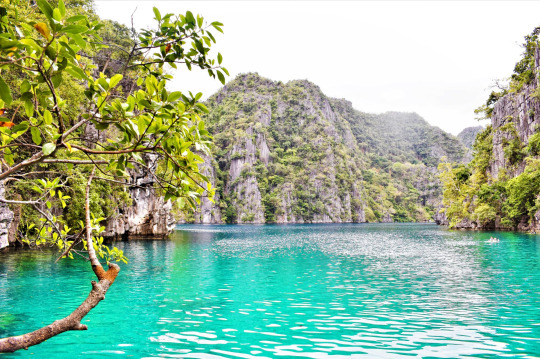
4. Taxila, Pakistan

5. Rock of Cashel, Ireland
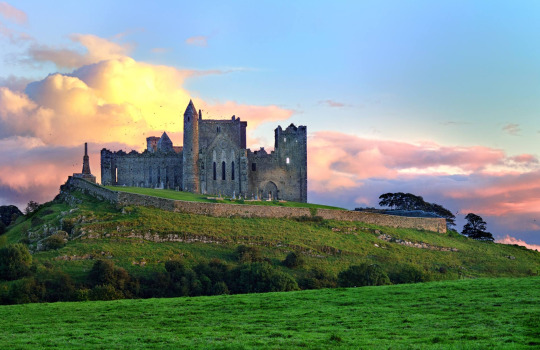
6. Leptis Magna, Khoms, Libya
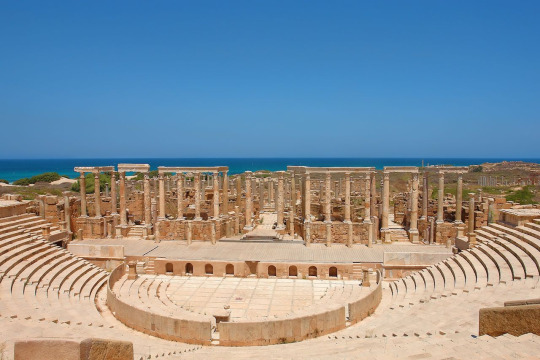
7. Aareschlucht, Bernese Oberland, Switzerland
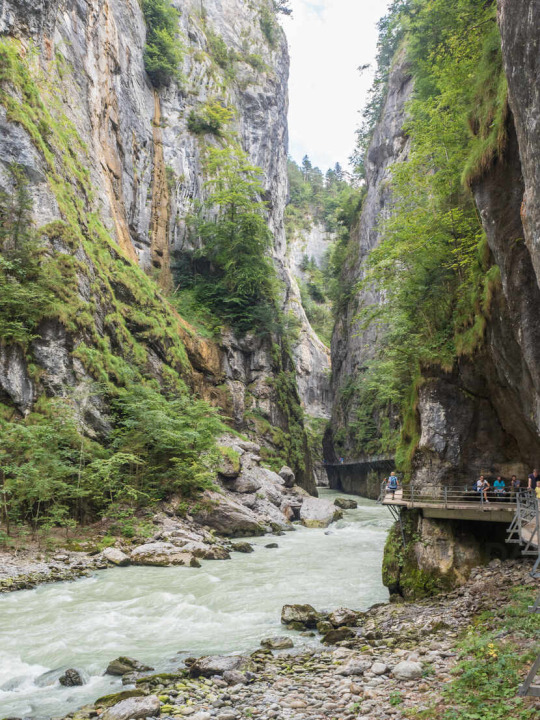
8. Waipoua Forest, New Zealand

9. Kaieteur Falls, Guyana

10. Ngorongoro Conservation Area, Tanzania

11. Colo-I-Suva Forest Park, Fiji
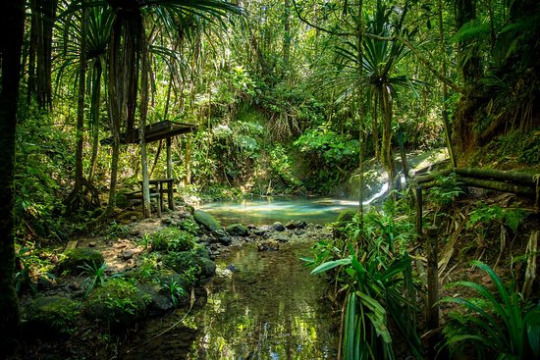
12. Iwokrama Forest, Guyana

13. Symi, Greece
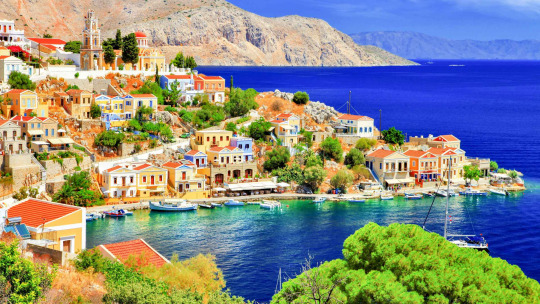
14. Odzala-Kokoua National Park, The Republic of Congo

15. Mỹ Sơn, Vietnam

#shifting antis dni#reality shifting#shiftblr#shifters#shifting blog#shifting realities#reality shifter#shifting community#dr#shiftingrealities#shifting script#shifting scenarios
25 notes
·
View notes
Note
Can you tell us a little more about Kalanos? Did he actually exist and if so which stories about his interactions with ATG are likely real or fake?
Kalanos/Calanus
To those for whom the name is unfamiliar, he was an Indian yogi who attached himself to Alexander train somewhere in India, probably Taxila/Gandhāra. He famously immolated himself in Susa in 323, and (supposedly) prophesied Alexander’s own death months later by saying, “We’ll meet again in Babylon.” Whether or not he really said this a good question; I’m quite dubious. But he did certainly exist, although “Kalanos” wasn’t apparently his name (Plutarch says ‘Sphines’ which is still a Greekification, Alex. 65.3-4). What we know about him is kinda iffy, largely because the sources don’t agree. He came along willingly, at Alexander’s invitation, and Alexander reputedly treated him well with gifts he may have been somewhat bemused by and had little use for. Perhaps he genuinely thought he could teach Alexander something, I don’t know. But Alexander had a fascination with philosophers that was not entirely the invention of Plutarch, although I think Plutarch exaggerated it. (I've written on that before.)
Not a lot has been written academically about Kalanos, interestingly (although see below). In his somewhat recent Soldier, Priest and God, Fred Naiden spends some time on the reported contest between Alexander and the Indian philosophers, described in Plutarch (which IS probably 95% invented). Not sure I agree with his assessments, but I mention it, as Naiden does address ATG and the Indian yogis, but he had little to say about Kalanos himself and seems to accept the prophecy uncritically or at least as something Kalanos actually said, asking (no doubt rhetorically) what he meant by it. Well, I don’t think he said it, so what he meant by it would be whatever the original author (whoever that was) meant by it.
Other ATG biographers discuss Kalanos, and there may also be an article I don’t recall, in this or that collection. A lot have come out in the last 20 years, some of which I’ve simply not read, or I glanced through them, looking for material relating to my own work and that wasn’t it.
Kalanos is used by Curtius as a sort of totally-second-rate-Indian-philosopher-but-still-so-much-wiser-than-Alexander figure that’s part of Curtius’s general framing of Alexander’s latter years. He’s presented more positively in Arrian, Plutarch, and Diodoros (who confusingly calls him Karanos, which in other, later accounts was the supposed founder of Macedon—a completely different figure).
So, I think some good work could be done on Kalanos, academically, if someone wanted to take it up—particularly perhaps, someone able to read ancient Indian texts as well, and who could contextualize Kalanos better. For instance, Naiden suggests that he immolated himself because he felt he’d committed some sacrilege. I’m dubious. Then again, I’m just not that familiar with Brahminic traditions of that period. (Although see a different take in an article mentioned below.)
Kalanos’s manner of suicide went on to have interesting ramifications later in the Hellenistic/Roman periods. First, he wasn’t the only yogi to travel west, and immolation seems to have been a crowd draw and weird morbid-but-respectful fascination with the “Wow, they didn’t even flinch!” Consider the stories of Zarmanochegas. In any case, the story of Kalanos (and specifically his death) grew legs and pops up in a fair bit of later Roman-era writing.
I think we can lose sight of the fact Indian philosophy did have an impact in the west, maybe more than is sometimes acknowledged, and perhaps predating Alexander and Kalanos.

I found two articles that are at least somewhat recent and the first of which is the sort of real cultural dig I’d like to see more of: The Journal of the Oxford Centre for Buddhist Studies, “The Self-immolation of Kalanos and other Luminous Encounters Among Greeks and Indian Buddhists in the Hellenistic World” (Georgios T. Halkias), proposing that Kalanos may have been Buddhist, not a Hindu yogi at all. It looks quite interesting, with a solid bibliography, and is available publicly, so I will be downloading it for my own purposes. But as he’s not an Alexander scholar, so I’m not sure how the assessment of the Alexander sources will go. (This is the eternal problem when trying to combine two quite different fields of study. But I’m at least intrigued by the questions raised in the article abstract.)
The second was written by a George Bruseker with the British School at Athens, “Calanus and Dandamis: a Greek Sketch of Ancient Indian thought.” But the only journal Talanta I can find is for chemistry, so whether peer-reviewed or not, I’m skeptical about the article appearing there and not in something related to ancient history. Also, the bibliography is rather thin. For that reason, I’m not linking to it directly.
Again, I’ve not read either article, so I can’t speak further than very quick, first impressions.
#Kalanos#Calanus#Indian philosophy in the Greco-Roman World#Alexander the Great#Alexander the Great and philosophers#asks#Classics#ancient greece#ancient Rome#images of India in ancient Rome
13 notes
·
View notes
Text
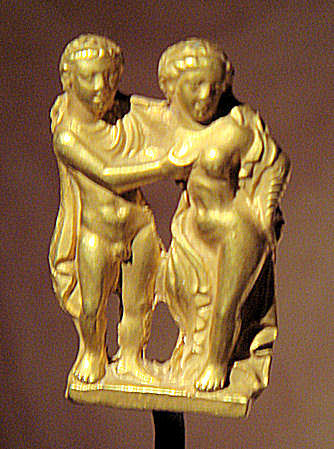
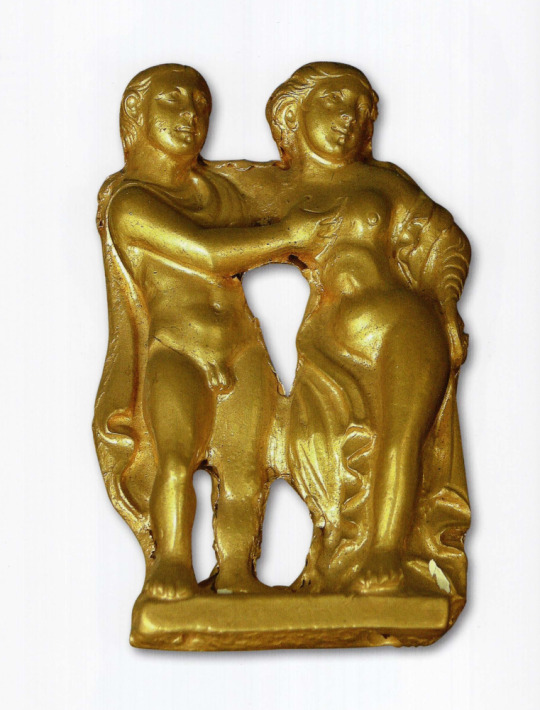
Hellenistic couple from Taxila 1st C. CE. Guimet Musee.
"Some Greek cities seem to have remained intact under Parthian rule: Isidorus of Charax in his 1st century AD "Parthian stations" itinerary described "Alexandropolis, the metropolis of Arachosia" as being Greek:
"Beyond is Arachosia (Old Persian Hara[h]uvati, Avestan Haraxvaiti)). And the Parthians call this White India; there are the city of Biyt and the city of Pharsana and the city of Chorochoad (Haraxvat) and the city of Demetrias; then Alexandropolis, the metropolis of Arachosia; it is Greek, and by it flows the river Arachotus (Harahvati). As far as this place the land is under the rule of the Parthians."
— "Parthians stations", 1st century AD. Original text in paragraph 19 of Parthian stations"
-taken from Wikipedia
63 notes
·
View notes
Text
Ancient Gold Jewellery of Gandhara: A Glimpse into Cultural Fusion
The ancient region of Gandhara, particularly the city of Taxila, has yielded some of the most remarkable finds of gold jewellery, reflecting a rich tapestry of cultural influences. Flourishing since the fourth century BC, Taxila was a melting pot of traditions, where Hellenistic artistry intertwined with local craftsmanship, resulting in unique jewellery pieces that tell stories of ancient societal values and aesthetics.

2 notes
·
View notes
Text
Best MBA College in Jaipur: Your Ultimate Guide to Success

Introduction
Pursuing an MBA is a game-changer for anyone looking to advance their career in business and management. Jaipur, the capital of Rajasthan, has emerged as a prominent hub for MBA aspirants due to its affordable education, growing business ecosystem, and reputed institutions. But with so many choices, how do you pick the best MBA college in Jaipur? This guide will help you navigate the top options and make an informed decision for your future.
Why Jaipur is a Hub for MBA Aspirants
Jaipur is no longer just a historic city; it’s evolving into an educational powerhouse. Here’s why MBA aspirants are increasingly choosing Jaipur:
Growing Business Opportunities: Jaipur is a rising business and startup hub, offering ample internship and job opportunities.
Reputed Institutions: The city houses some of the best business schools in India.
Affordable Education: Compared to metro cities like Delhi and Mumbai, Jaipur offers quality education at a lower cost.
Key Factors to Consider When Choosing an MBA College
Before enrolling in an MBA program, consider these factors:
1. Accreditation and Affiliations
Ensure that the college is approved by AICTE, UGC, or NBA and affiliated with a reputed university.
2. Faculty and Teaching Methodology
Experienced faculty and innovative teaching approaches significantly impact learning outcomes.
3. Infrastructure and Campus Facilities
A well-equipped campus with libraries, hostels, and IT support enhances the MBA experience.
4. Placement Records and Industry Connections
Check the past placement trends, top recruiters, and salary packages offered.
5. Specializations Offered
Choose a college that provides an MBA specialization aligning with your career goals.
Top MBA Colleges in Jaipur
Here are the leading MBA colleges in Jaipur:
1. IIRM Jaipur
IIRM Jaipur (Indian Institute of Rural Management) is the Best PGDM College In Jaipur, particularly for its MBA in Rural Management.
AICTE-approved courses
Strong industry collaborations
High placement rates in corporate and development sectors
2. University of Rajasthan (R.A. Podar Institute of Management)
One of the oldest and most respected MBA institutions in Rajasthan.
Government-affiliated MBA program
Affordable fees with strong faculty support
3. Jaipur National University (JNU)
JNU is a private university with an excellent reputation for its industry-focused MBA programs.
Various specializations, including Business Analytics and Finance
Excellent infrastructure and faculty
4. Amity University Jaipur
Amity offers a globally recognized MBA program with international exposure.
Focus on leadership and entrepreneurship
Well-connected alumni network
5. Taxila Business School
Taxila Business School is known for its emphasis on AI-driven MBA programs.
Special focus on Data Analytics and AI
High ROI with excellent placement records
Specializations Available in Jaipur’s MBA Colleges
MBA colleges in Jaipur offer a wide range of specializations, including:
Finance
Marketing
Human Resources
Business Analytics
Rural Management (Specialty of IIRM Jaipur)
Admission Process for MBA in Jaipur
To secure admission, follow these steps:
Appear for an entrance exam such as CAT, MAT, CMAT, XAT, or GMAT.
Check individual college eligibility criteria.
Submit an online application.
Attend group discussions and personal interviews.
Career Opportunities After MBA in Jaipur
After completing an MBA in Jaipur, you can explore roles such as:
Marketing Manager
Financial Analyst
HR Manager
Business Consultant
Rural Development Manager (IIRM Specialization)
Top Recruiters in Jaipur
Leading companies hiring MBA graduates from Jaipur include:
ICICI Bank
HDFC Bank
Ernst & Young
Infosys
Deloitte
Conclusion
Jaipur has positioned itself as a top destination for MBA education in India. With its growing business landscape, affordable fees, and renowned institutions like IIRM Jaipur, it offers a strong platform for career growth. Whether you aim for corporate success or entrepreneurship, Jaipur’s MBA colleges can help turn your dreams into reality.
FAQs
1. Which is the best MBA college in Jaipur for placements?
IIRM Jaipur and Taxila Business School have an excellent track record for placements.
2. What is the average fee for an MBA in Jaipur?
MBA fees in Jaipur range from ₹2 lakhs to ₹8 lakhs, depending on the institution.
3. Does IIRM Jaipur offer good placements?
Yes, IIRM Jaipur has strong industry connections and places students in leading corporate and development organizations.
4. What entrance exams are required for MBA admission in Jaipur?
Most colleges accept CAT, MAT, CMAT, XAT, and GMAT scores for admission.
5. Can I do an MBA in Jaipur without work experience?
Yes, fresh graduates can apply for an MBA in Jaipur without prior work experience.
#mbacollege#fmsirm#mba#irmjaipur#education#jaipurcollege#pgdmrminjaipur#bestplacementcollege#businessmanagement#placementopportunities
2 notes
·
View notes
Text
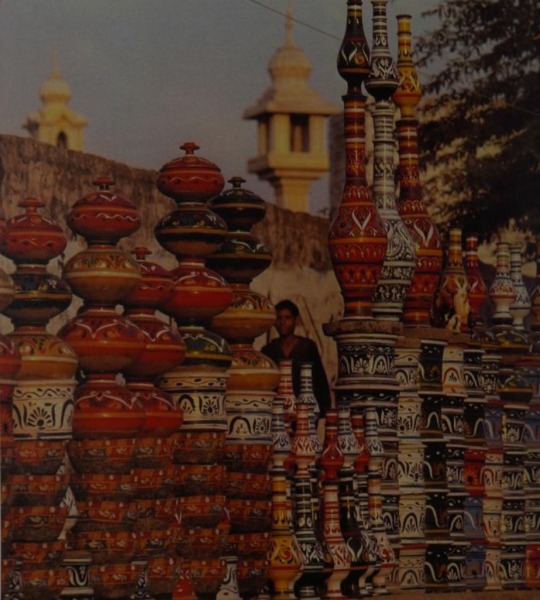
“Brightly painted pottery makes an eye-stopping splash of colour on a Taxila street. The bustling modern town with its handicrafts is in sharp contrast to the silent slumber of the 2,000-year-old ruins of the ancient eity nearby which was once a centre of learning and of Buddhist culture.”
From: “journey through Pakistan” by Amin, Mohamed; 1982.
23 notes
·
View notes
Text
It’s #WorldTurtleDay, on a #TurtleTuesday + #TwoForTuesday! Check out this gorgeous pair of nearly 2000-year-old cast gold repoussé turtle earrings:
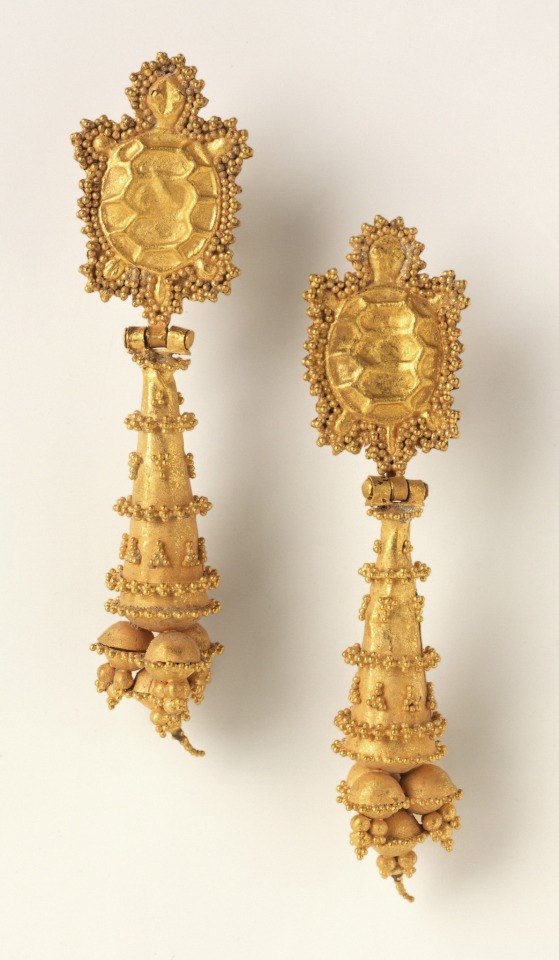
Pair of Earrings with Tortoises Pakistan, Taxila region (?), 1st-2nd century repoussé and cast gold 2 1/4 x 1/2 x 3/8 in. (5.72 x 1.27 x .95 cm) Los Angeles County Museum of Art (LACMA)
#Los Angeles County Museum of Art#LACMA#turtle#tortoise#pair#earrings#jewelry#jewellry#gold#repoussé#ancient art#South Asian art#Asian art#World Turtle Day#Turtle Tuesday#Two for Tuesday
30 notes
·
View notes
